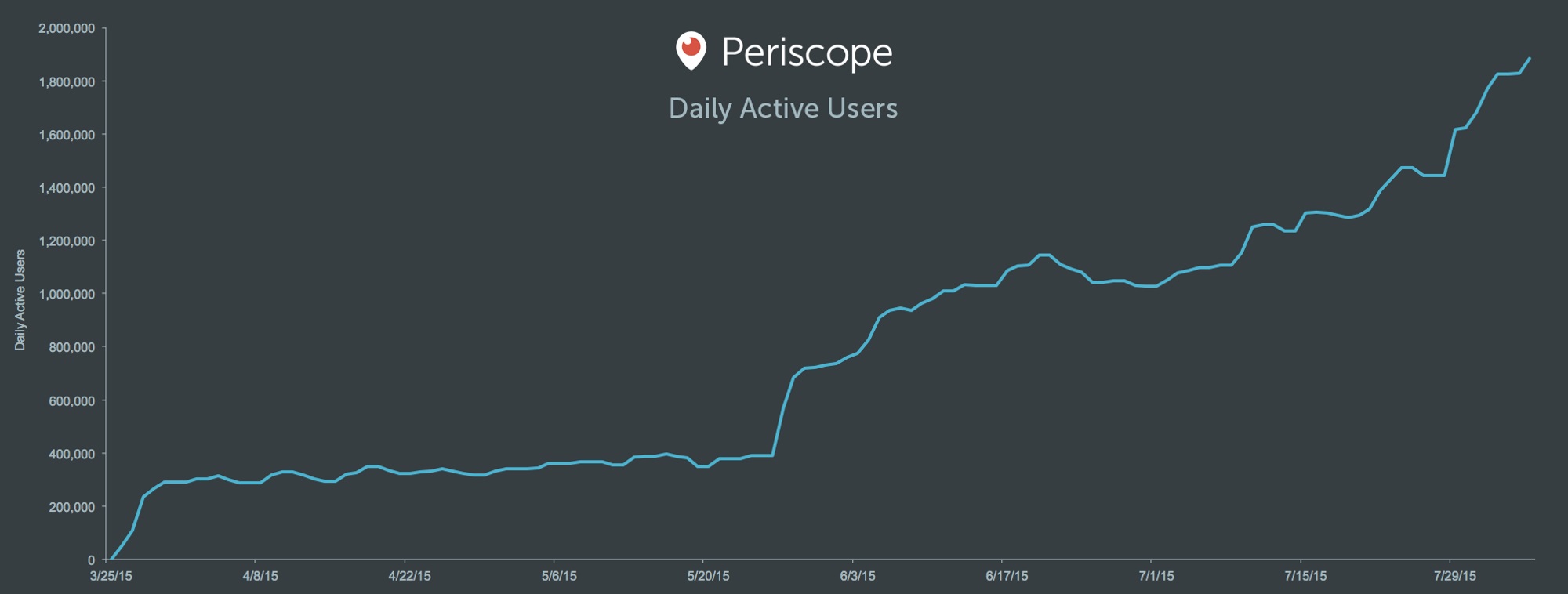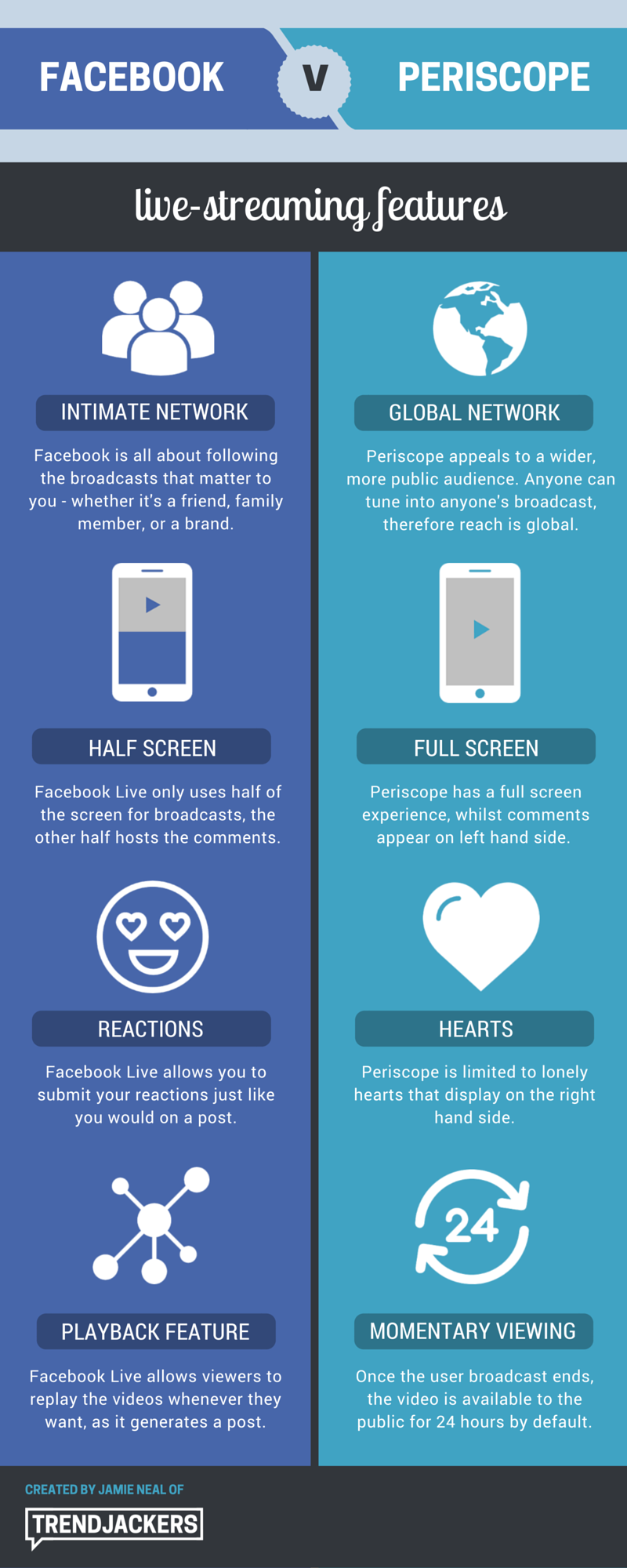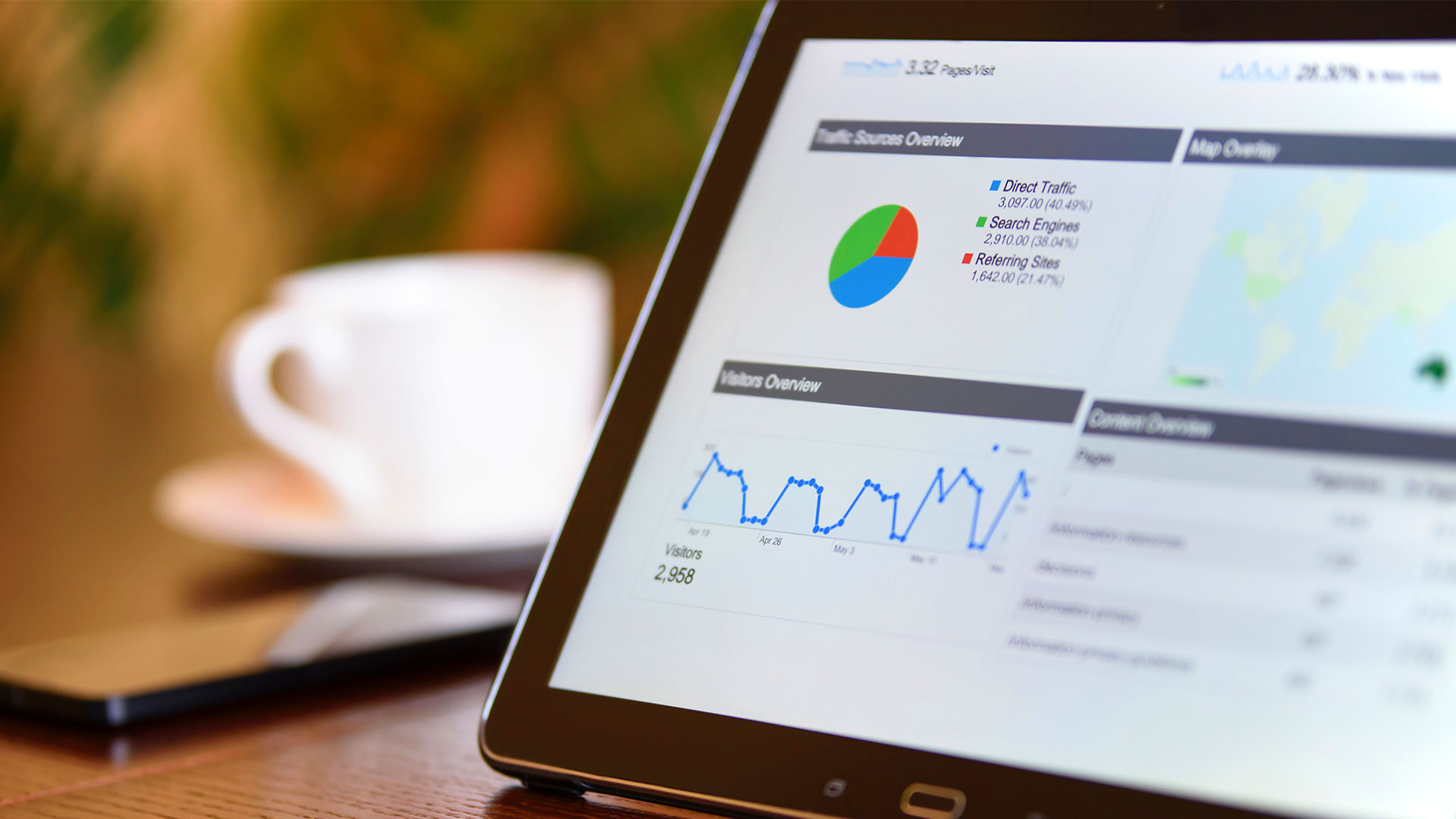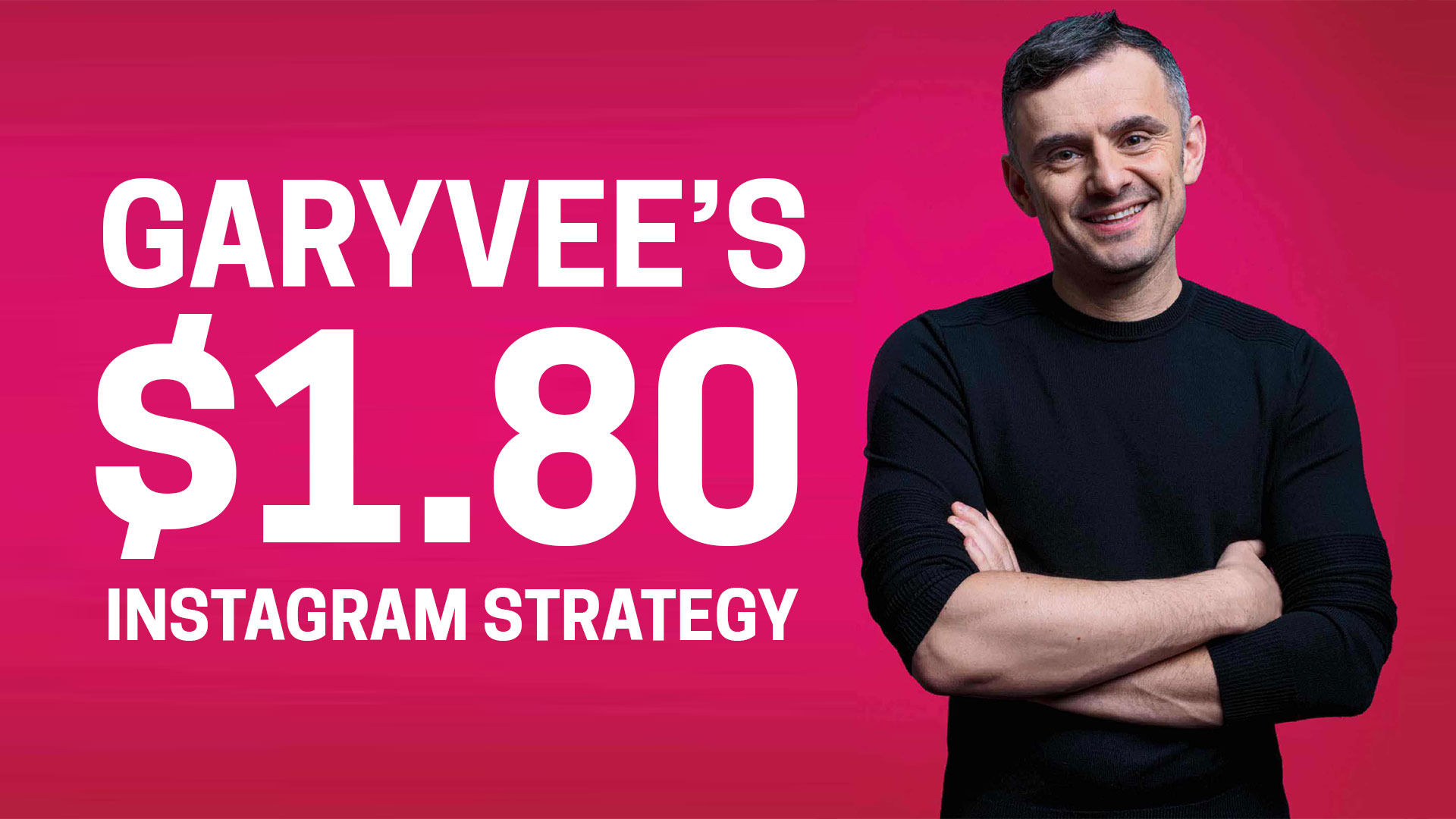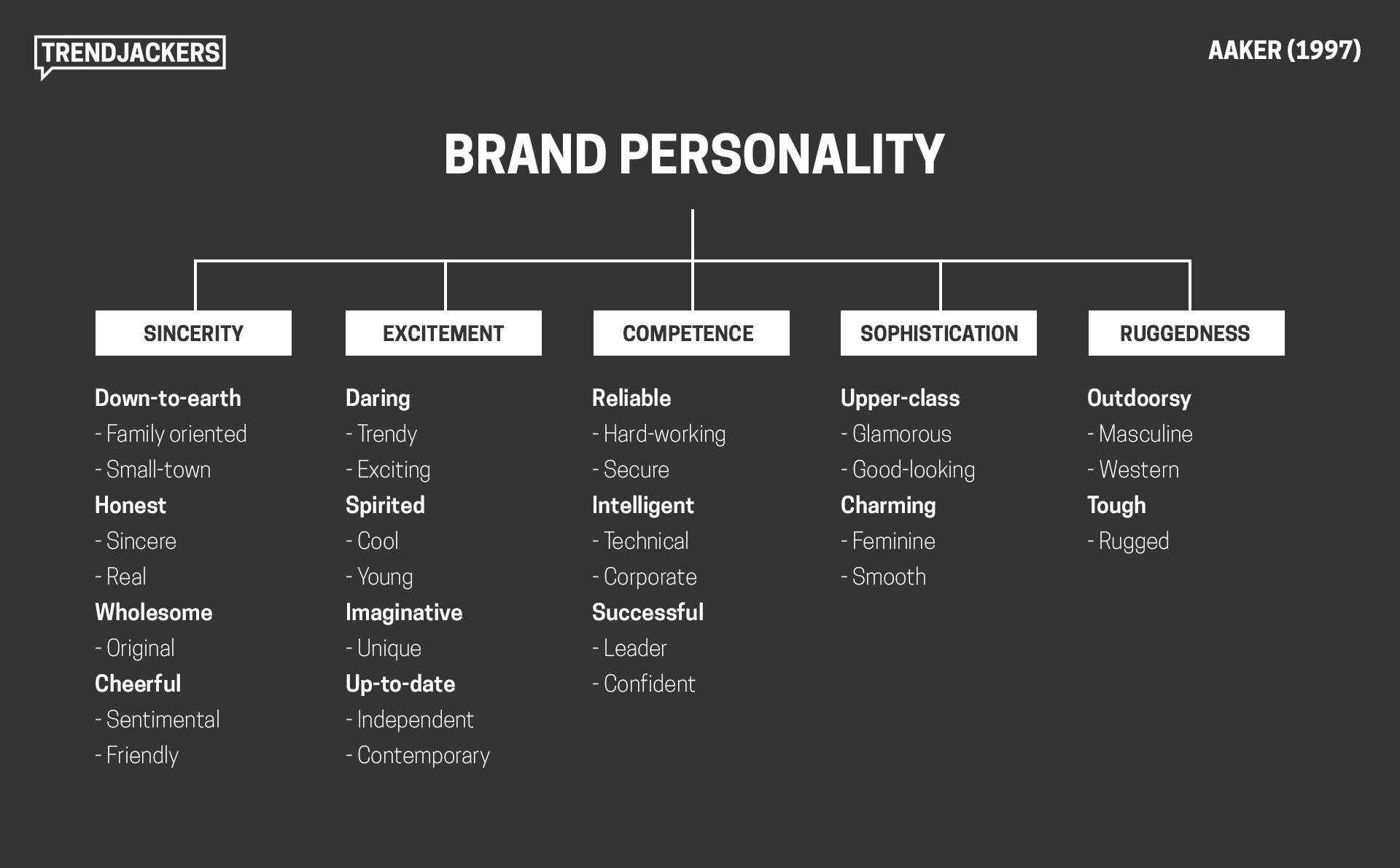Since Meerkat announced that they would be launching the first live-streaming app in February 2015, the live-streaming game has completely changed. Shortly after they made an impressionable debut at SXSW, Meerkat was rapidly superseded by Twitter’s live-streaming app Periscope.
It became evident that Periscope had snatched market share when they announced that they had amassed 10 million users in just four months and 200 million broadcasts in their first year alone.
Figure 1: Daily Active Users (March 2015 – July 2015) | Source: Periscope
Shortly after Periscope surpassed 1o million users, Facebook responded and launched its own version of live-streaming in August 5th 2015, initially restricted only to celebrities. High profile celebs such as Arnold Schwarzenegger and Vin Diesel helped popularise the concept and wet people’s appetite for the feature.
A week later, Facebook announced that the feature would be made available to journalists and those with verified profiles. In January 2016, Facebook made live-streaming available to all of its users, and they claim it is their most rapidly adopted service ever.
Continued improvements to Facebook’s live-streaming feature has shifted the live-streaming hype back to the world’s largest social network. However, since YouTube’s recent announcement that they will be joining the live-streaming game, the battle for the number one spot is well and truly on.
Since we haven’t seen YouTube’s live streaming feature yet, we can’t compare it to existing live-streaming apps. But what are the major differences between Periscope and Facebook Live? Apart from some minor UI/UX features, they more or less do the same thing. Here’s a breakdown of some of the features below.
Comments

Since Meerkat announced that they would be launching the first live-streaming app in February 2015, the live-streaming game has completely changed. Shortly after they made an impressionable debut at SXSW, Meerkat was rapidly superseded by Twitter’s live-streaming app Periscope.
It became evident that Periscope had snatched market share when they announced that they had amassed 10 million users in just four months and 200 million broadcasts in their first year alone.
Figure 1: Daily Active Users (March 2015 – July 2015) | Source: Periscope
Shortly after Periscope surpassed 1o million users, Facebook responded and launched its own version of live-streaming in August 5th 2015, initially restricted only to celebrities. High profile celebs such as Arnold Schwarzenegger and Vin Diesel helped popularise the concept and wet people’s appetite for the feature.
A week later, Facebook announced that the feature would be made available to journalists and those with verified profiles. In January 2016, Facebook made live-streaming available to all of its users, and they claim it is their most rapidly adopted service ever.
Continued improvements to Facebook’s live-streaming feature has shifted the live-streaming hype back to the world’s largest social network. However, since YouTube’s recent announcement that they will be joining the live-streaming game, the battle for the number one spot is well and truly on.
Since we haven’t seen YouTube’s live streaming feature yet, we can’t compare it to existing live-streaming apps. But what are the major differences between Periscope and Facebook Live? Apart from some minor UI/UX features, they more or less do the same thing. Here’s a breakdown of some of the features below.

